Introduction
In the world of container orchestration, Kubernetes stands as the undisputed Hokage of cloud-native technologies. Let’s explore how the ninja world of Naruto perfectly parallels the evolution and concepts of Kubernetes.
The Pre-Kubernetes Era: The Ninja War
Before Kubernetes (K8s), managing containers was like the chaotic ninja war era – uncoordinated, complex, and challenging to maintain. Developers struggled with:
- Manual container deployment
- Limited scalability
- Complex dependency management
- Resource conflicts
In the world of container orchestration, we witnessed a period similar to the Great Ninja War – a time of chaos and fragmentation. Development teams struggled with managing applications across different environments, much like how ninja villages operated independently without coordination. The technological landscape was scattered, with teams manually managing containers, dealing with inconsistent environments, and facing deployment challenges that often led to system failures.
During this period, developers wielded various tools like React for frontend interfaces, Node.js for server-side operations, and PostgreSQL for data management. However, these tools, while powerful individually, lacked a unified system to orchestrate them effectively. It was like having powerful jutsu without the proper chakra control to utilize them efficiently.
The pre-Kubernetes era resembled the chaotic times of the Great Ninja War, where:
Development teams fought with inconsistent environments
Container management was manual and error-prone
Scaling was a complex battle
Deployment strategies were uncoordinated
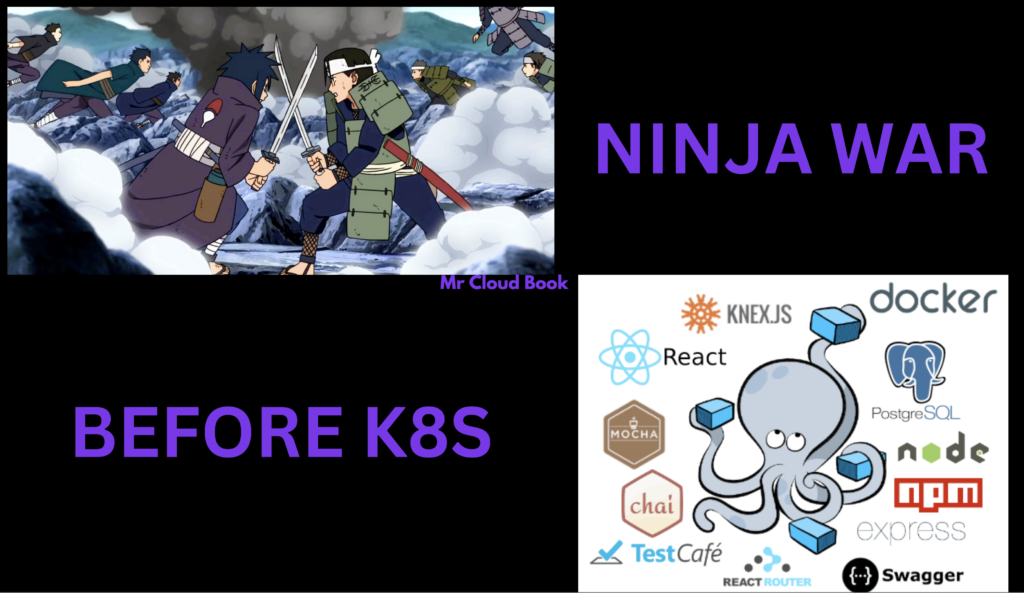
The Foundation: Hashirama and Tobirama’s Legacy
Just as Hashirama Senju founded the Hidden Leaf Village, bringing together warring clans under one banner, Kubernetes emerged as the unifying force in container orchestration. Hashirama’s vision parallels how Kubernetes provides a foundation for modern cloud-native applications. The platform offers a structured approach to container management, much like how the First Hokage established the village’s basic systems.
Tobirama Senju, known for his architectural brilliance, represents the sophisticated structure of Kubernetes. His methodical approach to organizing the village mirrors how Kubernetes systematically manages containers through:
- Structured pod deployment
- strategiesEfficient
- service discovery mechanisms
- Automated scaling capabilities
- Robust networking policies
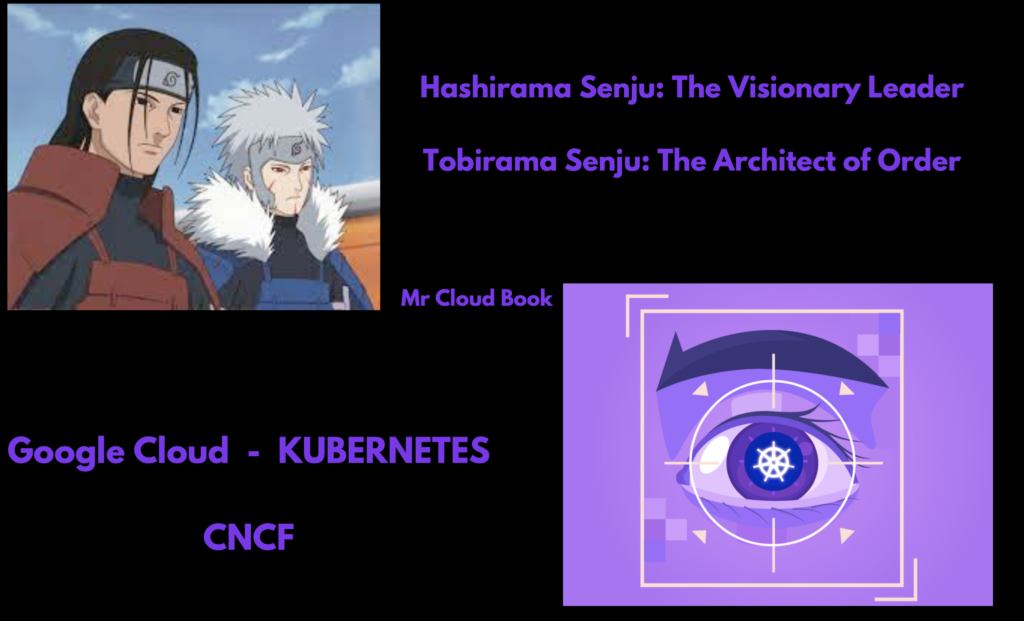
The Era of Innovation: Hiruzen and Minato’s Contribution
Hiruzen Sarutobi, the Professor, symbolizes the maturity and wisdom built into Kubernetes’ design. Like his mastery of all basic forms of jutsu, Kubernetes masters the fundamental aspects of container orchestration. The platform’s ability to handle complex scenarios while maintaining stability reflects Hiruzen’s balanced approach to leadership.
Minato Namikaze, the Yellow Flash, represents Kubernetes’ swift and efficient operations. His legendary speed parallels Kubernetes’:
Rolling Updates: Like Minato’s Flying Thunder God technique, Kubernetes can seamlessly update applications without downtime. The platform carefully orchestrates pod replacements, ensuring continuous service availability while maintaining system stability.
Fast Recovery: Just as Minato could respond instantly to threats, Kubernetes automatically recovers from failures. When a pod fails, the system immediately initiates recovery procedures, maintaining service reliability.
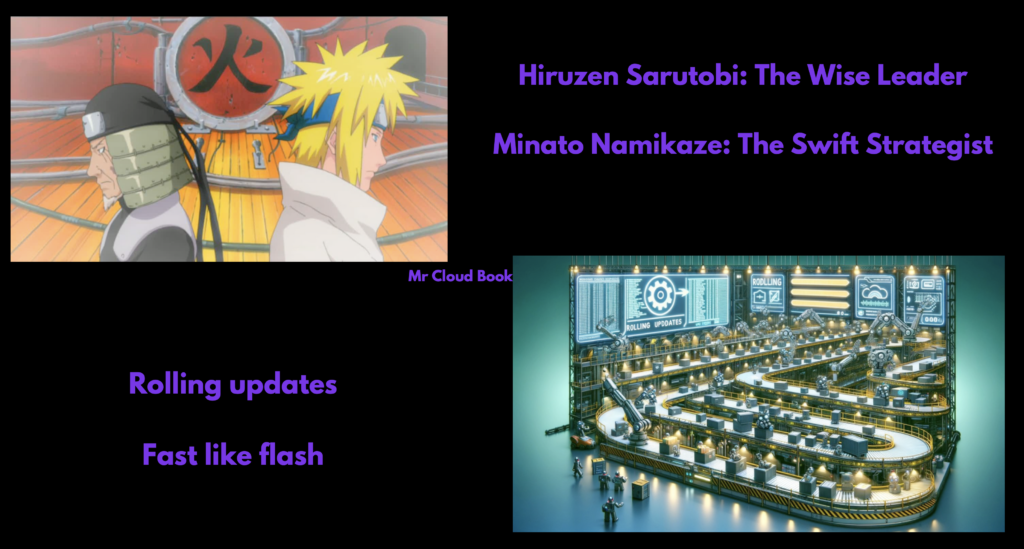
The Legendary Sannin: The Three Pillars of Kubernetes System Management
Jiraiya: The Sage of Monitoring
In the world of Kubernetes, Jiraiya’s role as the Sage represents the critical aspect of system monitoring and intelligence gathering. Just as Jiraiya maintained a vast network of spies and could enter Sage Mode to sense chakra across great distances, Kubernetes monitoring systems provide comprehensive visibility into cluster health and performance. His approach to gathering intelligence parallels how Kubernetes collects metrics, logs, and system states to ensure everything runs smoothly.
When Jiraiya entered Sage Mode, he could detect threats and changes in his environment. Similarly, Kubernetes monitoring tools like Prometheus, Grafana, and other observability platforms constantly watch over the cluster, detecting anomalies, performance issues, and potential failures before they become critical problems. This proactive monitoring approach, like Jiraiya’s intelligence network, helps maintain system stability and prevents unexpected downtimes.
Tsunade: The Healer of Systems
Tsunade’s legendary healing abilities perfectly represent Kubernetes’ self-healing capabilities. Just as she could heal the most severe injuries and bring people back from near-death states, Kubernetes automatically recovers from system failures and maintains service health. Her Creation Rebirth technique, which provided instant healing, mirrors how Kubernetes automatically restarts failed pods, redistributes workloads, and maintains system availability.
The self-healing aspect of Kubernetes, like Tsunade’s medical expertise, works at multiple levels. From simple pod restarts when applications crash to more complex scenarios like node failures and system recoveries, Kubernetes ensures that the system maintains its desired state. Health checks, readiness probes, and liveness probes act like Tsunade’s diagnostic techniques, constantly monitoring and maintaining the health of applications.
Orochimaru: The Innovator of Forbidden Techniques
While controversial in the ninja world, Orochimaru’s role as an innovator and researcher parallels Kubernetes’ experimental features and advanced capabilities. Just as Orochimaru pushed the boundaries of what was possible with jutsu, Kubernetes continues to evolve with new features, custom resources, and experimental APIs. His pursuit of knowledge, though sometimes dangerous, represents how Kubernetes embraces innovation and extends its capabilities beyond traditional container orchestration.
Orochimaru’s experiments with forbidden techniques mirror how Kubernetes allows for custom resource definitions (CRDs), operators, and advanced configurations that extend its basic functionality. These innovations, when properly implemented, can provide powerful new capabilities to your cluster, just as Orochimaru’s research led to breakthrough techniques.
The Combined Power: Kubernetes System Reliability
When these three aspects work together in Kubernetes, they create a robust and reliable system. Jiraiya’s monitoring provides the intelligence needed to detect issues, Tsunade’s healing capabilities ensure automatic recovery from failures, and Orochimaru’s innovations enable the system to evolve and handle complex requirements. This combination, like the legendary Sannin working together, creates a powerful and resilient Kubernetes environment.
The health checks and monitoring systems in Kubernetes represent this unified approach. Regular health checks ensure system stability, monitoring tools provide visibility into performance and issues, and self-healing mechanisms automatically recover from failures. This comprehensive approach to system reliability, inspired by the diverse abilities of the Sannin, ensures that Kubernetes clusters remain robust and efficient.
Just as the Sannin were trained by the Third Hokage to become legendary ninjas, these three aspects of Kubernetes – monitoring, healing, and innovation – work together to create a legendary container orchestration platform. Their combined wisdom teaches us that successful Kubernetes operations require vigilant monitoring, robust self-healing, and continuous innovation.
Remember, like the Legendary Sannin, each aspect of Kubernetes system management plays a crucial role in maintaining a healthy and efficient cluster. Whether you’re monitoring your applications, implementing self-healing mechanisms, or exploring new features, the wisdom of the Sannin guides us toward better container orchestration practices.
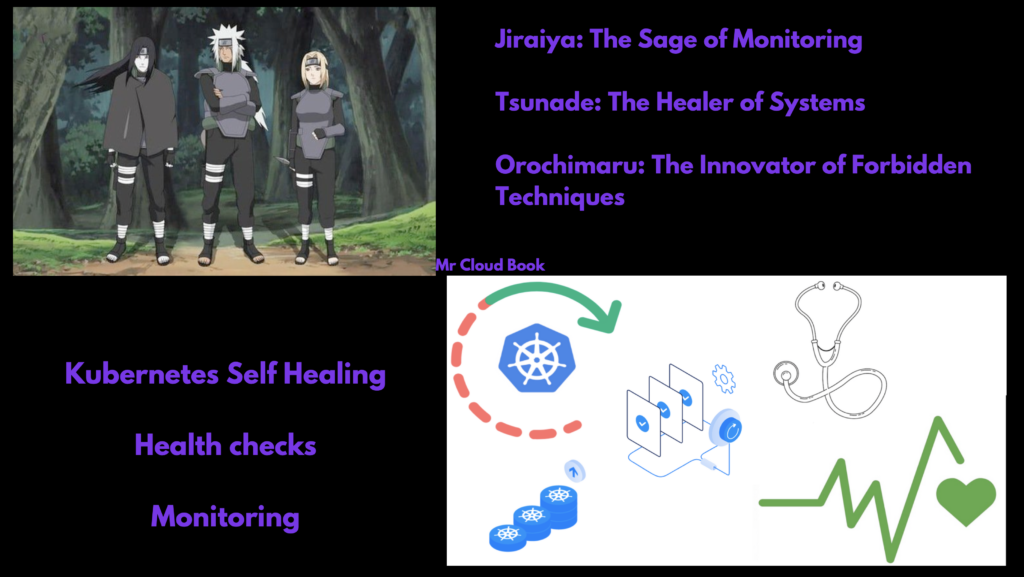
The Operators: Itachi and Obito’s Technical Revolution
The Uchiha clan members represent the sophisticated aspects of Kubernetes operations. Itachi Uchiha, known for his exceptional abilities, symbolizes Kubernetes Operators – custom controllers that extend the platform’s capabilities. These operators automate complex operational tasks, much like how Itachi’s Sharingan could predict and respond to complex situations.
Obito Uchiha represents the transformative power of container runtimes. His journey parallels the evolution of container technologies, from Docker to modern alternatives like containerd and CRI-O. The ability to switch between different container runtimes demonstrates the platform’s flexibility, much like Obito’s various Sharingan abilities.
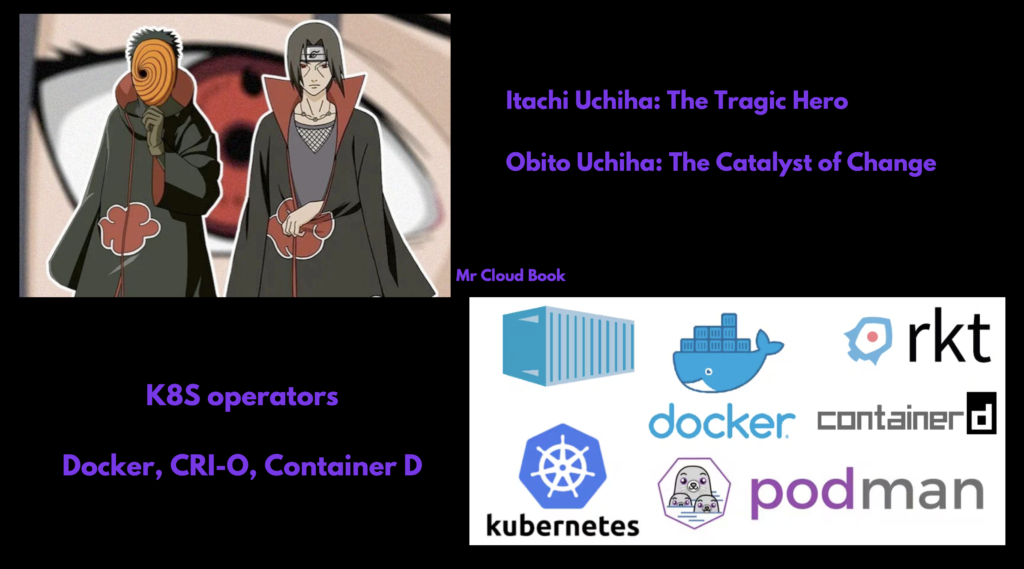
Modern Architecture: Madara and Shisui’s Vision
Madara Uchiha, the legendary shinobi, represents the revolutionary aspects of modern Kubernetes architecture. His vision of a unified world parallels Kubernetes’ goal of providing a unified platform for container orchestration. Advanced features like multi-cluster management and service mesh integration reflect the sophistication of his abilities.
Shisui Uchiha, known for his unique abilities, symbolizes the innovative aspects of Kubernetes security and automation. His legendary Kotoamatsukami genjutsu mirrors how Kubernetes can seamlessly manage complex operations without disrupting the entire system.
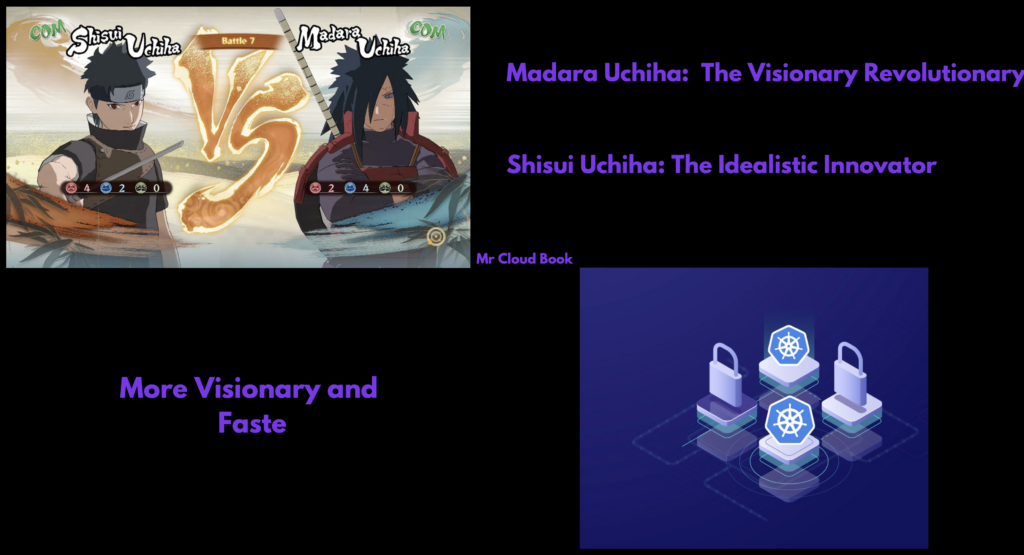
Technical Implementation in the Modern World
Modern Kubernetes implementations require a comprehensive understanding of various components:
Infrastructure Management
The platform handles infrastructure like a well-organized ninja village, with each component serving a specific purpose while contributing to the overall system’s stability. This includes managing nodes (like ninja squads), organizing namespaces (like village districts), and controlling resource allocation (like chakra distribution).
Security Protocols
Security in Kubernetes, like the ANBU Black Ops, operates at multiple levels. Role-Based Access Control (RBAC) ensures that users and services have appropriate permissions, while network policies protect communication between pods, similar to how villages protect their borders.
Monitoring and Observability
Like the village’s surveillance system, Kubernetes provides comprehensive monitoring capabilities. Tools integrate seamlessly to provide insights into system health, performance metrics, and potential issues.
The Path Forward: Continuous Evolution
The journey of mastering Kubernetes, like the path of a ninja, never truly ends. The platform continues to evolve, introducing new features and capabilities that address emerging challenges in cloud-native computing. Success in this ecosystem requires:
- Continuous learning and adaptation
- Understanding of fundamental principles
- Practical experience with real-world scenarios
- Collaboration with the broader community
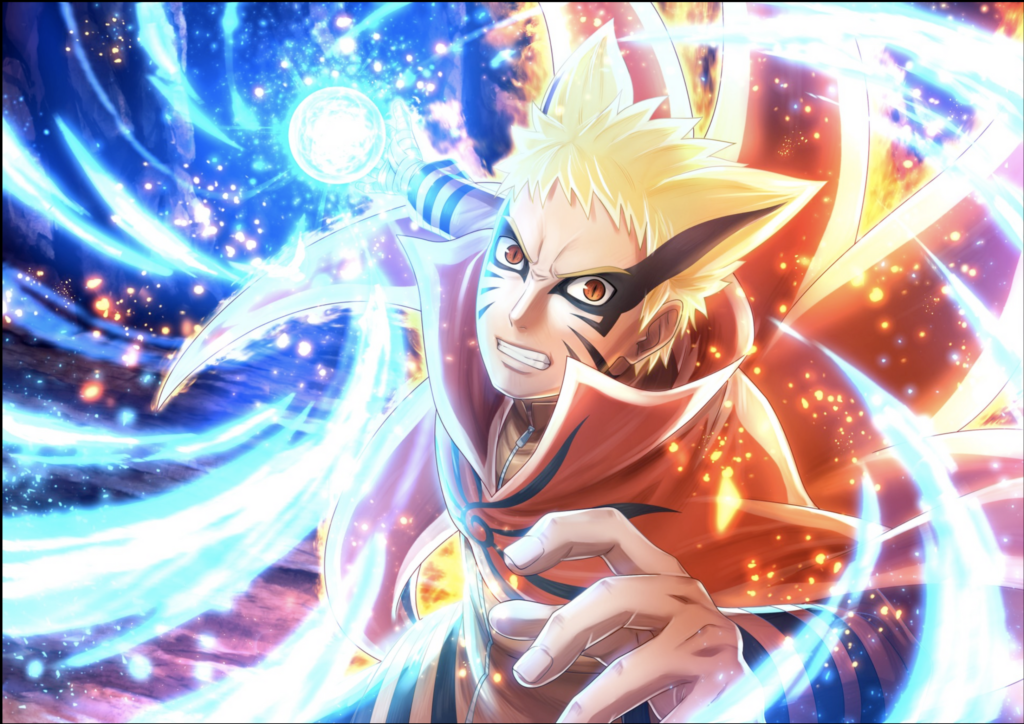
Just as the ninja world progressed from war to cooperation, the container orchestration landscape has evolved from chaos to coordination under Kubernetes’ leadership. The platform’s success lies in its ability to combine powerful capabilities with practical usability, much like how the greatest ninja combined raw power with tactical wisdom.
Remember, whether you’re deploying your first pod or managing complex multi-cluster environments, every step forward is part of your ninja way in the world of Kubernetes. The journey continues, and the possibilities are endless in this ever-evolving technological landscape.
This is the way of the Cloud Native ninja – believe it! 🍜
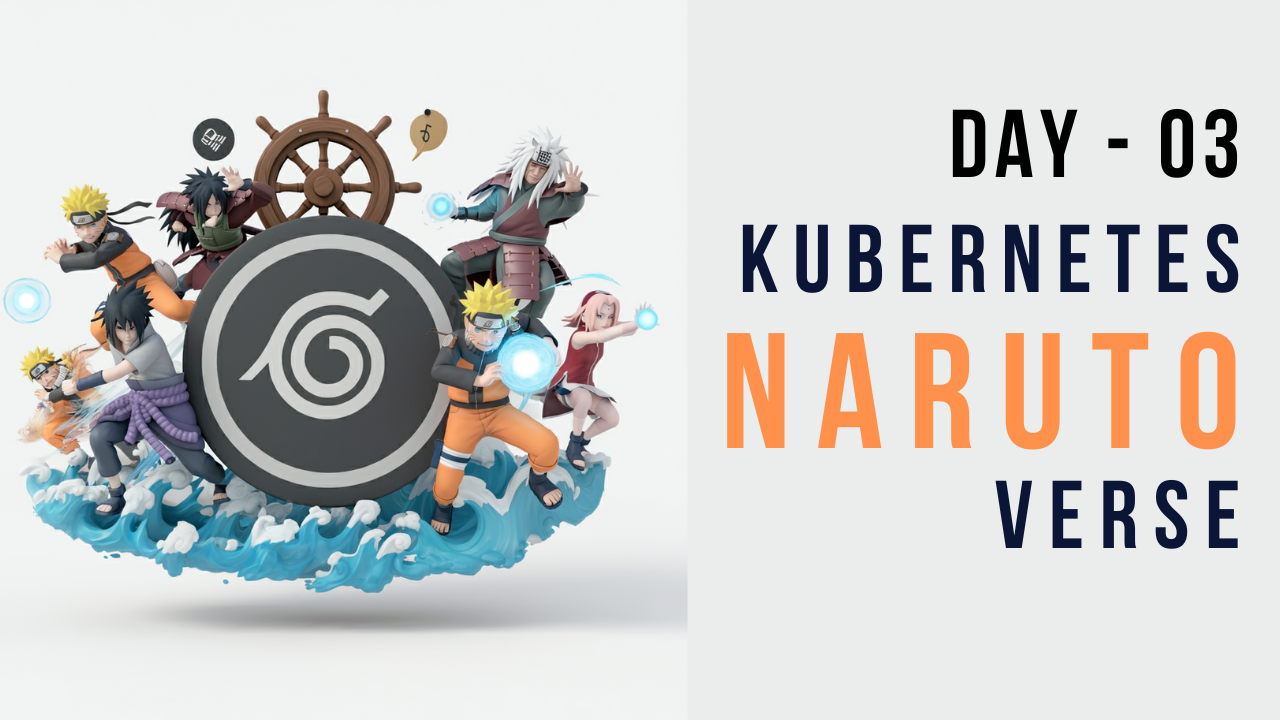
Leave a Reply